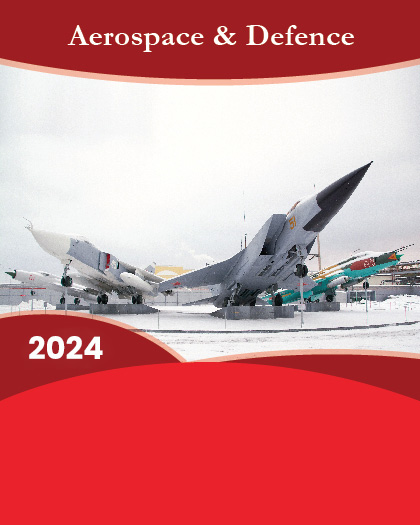
Global Anti-Jamming Market is valued at approximately USD 4.29 billion in 2023 and is anticipated to grow with a healthy growth rate of more than 12.6% over the forecast period 2024-2032. Anti-jamming devices protect receivers from interference and jamming signals. These devices are installed across several platforms, including aircraft, jets, autonomous weapons, tanks, UAVs, and crucial governmental buildings. The proliferation of satellite-assisted navigation systems has significantly driven the utilization of GPS jammers globally. GPS signals, which are inherently weak upon reaching receivers on Earth, can be disrupted by stronger Radio Frequency (RF) waves. Anti-jammers effectively nullify these unwanted signals, thus safeguarding receivers from potential disruptions. They operate using nulling, beam forming, or excision systems, each providing distinct operational characteristics.
The rise in GPS jamming activities, particularly in commercial aviation, is a primary driver for the anti-jamming market. For instance, the French Civil Aviation Authority reported interference attempts by the Russian military in the Black Sea region in April 2022, which affected the navigation systems of many commercial airlines. Similarly, attempts by the Russian military to jam satellite navigation systems in Syria have impacted Israeli commercial airlines. In response to such threats, Boeing demonstrated autonomous anti-jamming capabilities with the U.S. Space Force's Protected Tactical Satcom prototype in November 2022. The growing demand for unmanned aerial vehicles (UAVs) in military operations is another significant growth factor. Technological advancements in UAVs have resulted in lighter, more robust drones with extended range and battery life, which are increasingly used for surveillance, navigation, targeting, and material transfer. With an estimated 1.6 million drones expected in the air by 2024, the commercial use of drones presents a promising financial opportunity for GPS manufacturers.
However, advancements in quantum communication, which provide highly secure data transmission through quantum physics principles, pose a significant threat to the demand for anti-jamming devices.
The key regions considered for the Global Anti-Jamming Market study include Asia Pacific, North America, Europe, Latin America, and Rest of the World. North America is a dominating region in the Global Anti-Jamming Market in terms of revenue. The market growth in the region is being attributed to factors including the substantial investments in defense and military technologies, where anti-jamming solutions are critical for ensuring secure and reliable communications. The United States has a robust defense sector that actively develops and deploys advanced anti-jamming technologies to protect GPS and communication systems from interference and jamming threats. Whereas, the market in the Asia Pacific is anticipated to grow at the fastest rate over the forecast period fueled by rising defense budgets in countries like India, China, and Japan, and cross-border conflicts catalyzing market expansion.
Major market players included in this report are:
BAE Systems (U.K.)
Thales (France)
Israel Aerospace Industries (Israel)
Cobham (U.K.)
ST Engineering (Singapore)
Furuno Electric (Japan)
Hexagon AB (Canada)
Boeing (U.S.)
IBM Corporation (U.S.)
Oracle Corporation (U.S.)
Northrop Grumman Corporation (U.S.)
General Dynamics Corporation (U.S.)
Lockheed Martin (U.S.)
Raytheon Technologies Corporation (U.S.)
L3Harris Technologies Inc. (U.S.)
The detailed segments and sub-segment of the market are explained below:
By Platform:
Airborne
Land
Naval
Space
By Receiver Type:
Military and Government Grade
Commercial Transportation Grade
By Application:
Flight Control
Surveillance & Reconnaissance
Position, Navigation and Timing
Targeting
Casualty Evacuation
Others
By Technique:
Nulling System
Beam Steering System
Excision System
By Region:
North America
U.S.
Canada
Europe
UK
Germany
France
Spain
Italy
ROE
Asia Pacific
China
India
Japan
Australia
South Korea
RoAPAC
Latin America
Brazil
Mexico
Rest of Latin America
Middle East & Africa
Saudi Arabia
South Africa
RoMEA
Years considered for the study are as follows:
Historical year - 2022
Base year - 2023
Forecast period - 2024 to 2032
Key Takeaways:
Market Estimates & Forecast for 10 years from 2022 to 2032.
Annualized revenues and regional level analysis for each market segment.
Detailed analysis of geographical landscape with Country level analysis of major regions.
Competitive landscape with information on major players in the market.
Analysis of key business strategies and recommendations on future market approach.
Analysis of competitive structure of the market.
Demand side and supply side analysis of the market.
























